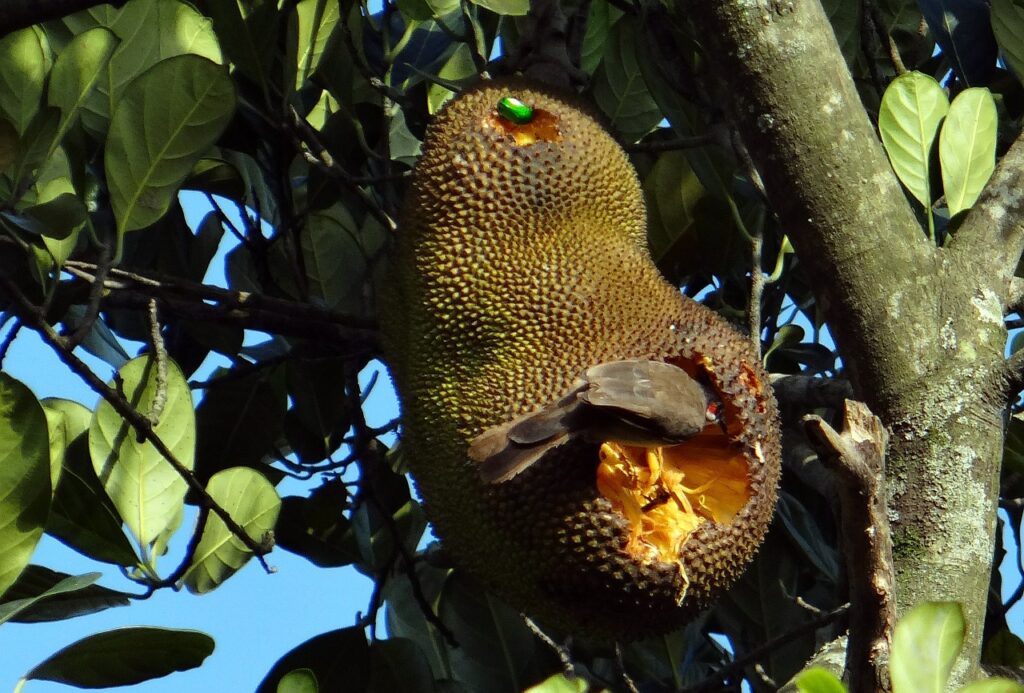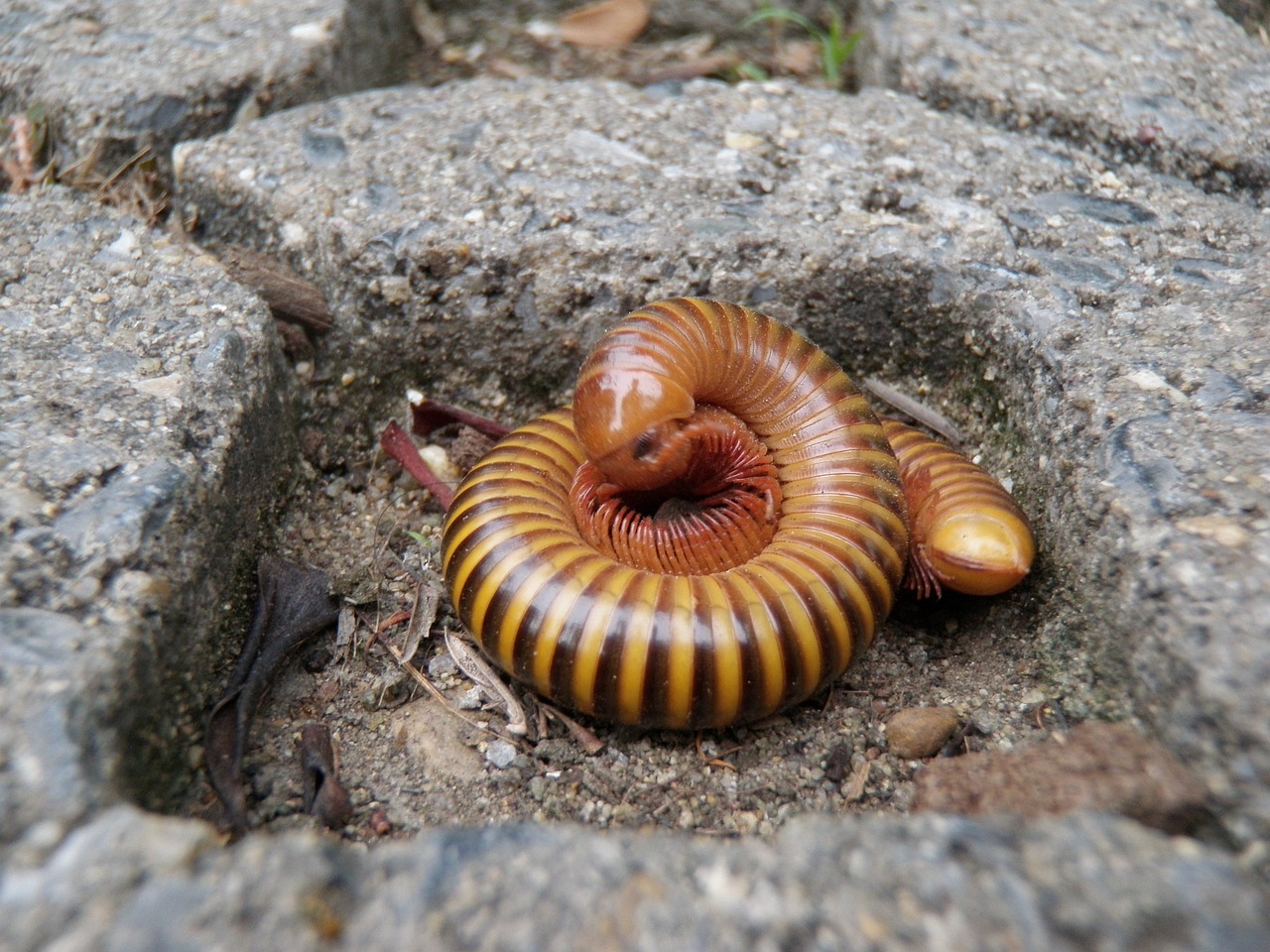Millipedes are arthropods characterized by their elongated and cylindrical bodies. They look similar to centipedes, but they have rounder bodies compared to the flatter bodies of centipedes. Millipedes may look goofy and innocent, but in large quantities, they can actually devastate your garden. They can eat fruits, vegetables, and young plants. Here are some ways to get rid of millipedes naturally.
Ways to get rid of millipedes naturally
1. Don’t overwater your plants
One of the reasons why you have millipedes in your garden is the overabundance of moisture. Millipedes thrive in moist environments, especially because they are vulnerable to drying out and dying in dry environments.
You can’t completely get rid of moisture in your garden. After all, you have to water your plants somehow. But you can limit moisture by not overwatering your plants. You can also water in the morning. Millipedes are more active at night. If you water your plants in the morning, your plants will already be dry at night when millipedes come out.
2. Isolate compost piles
Millipedes are much like earthworms. They break down dead plant material and rejuvenate the soil, which you can say are beneficial to your garden. But this doesn’t change the fact that millipedes put your fruits, vegetables, and young plants in danger of being eaten.
Because of their diet, millipedes are attracted to decaying materials, such as the ones in your compost piles. If you don’t want these garden pests on your property, get rid of your compost piles, or at least put them in an isolated area away from your garden. If they attract millipedes, at least the millipedes are away from your fruits, vegetables, and young plants.
3. Pick ripe fruits and vegetables
Millipedes have a diverse diet of fruits and vegetables, but there is a common trait among them — they provide juices that can hydrate millipedes. Some of their favorites are apples, cucumbers, melons, peaches, and tomatoes. If you have these in your garden, it’s a good idea to pick them up when they are already ripe. Don’t let them overripe and rot in your garden.
Fermenting fruit and vegetable juices are great attractors of pests. Fruit flies, for instance, are notorious for invading gardens with overripe and rotting fruits and vegetables. In the worst cases, you can even end up unknowingly eating fruit flies.

4. Get rid of debris and other hiding spots
There are two main reasons why you have millipedes — resources and shelter opportunities. You can limit the food and water intake of millipedes by making decaying materials, fruits, vegetables, and young plants inaccessible. And you can limit the shelter opportunities of millipedes by throwing away potential hiding spots.
Get rid of millipedes naturally by throwing away debris such as grass clippings, leaf litter, and wood piles. Millipedes are not the only ones that use these debris pieces as hiding spots. Slugs, for instance, are known to hide under planks.
5. Remove millipedes manually
This can be a time-consuming process, but it can be effective for smaller millipede infestations. Wear gloves and look for millipedes around your garden. Search for them in their hiding spots, such as under debris and other areas that may look damp and dark, such as flower beds and the undersides of pots.
Don’t squeeze them or squash them with your foot. They can give off an unpleasant odor. Once you pick them up, you can dunk them into a bucket of soapy water. But if you think that’s barbaric, you can also just release them into the wild. However, make sure that you are releasing them in a location far from your home. Otherwise, you can suffer from a reinfestation.
6. Sprinkle diatomaceous earth
Get rid of millipedes naturally by sprinkling diatomaceous earth on them. Buy food-grade diatomaceous earth from your local garden supply store. And then sprinkle them directly on millipedes and in areas where you see them. Diatomaceous earth works by drying out millipedes. Since they need a lot of moisture to survive, drying them out can lead to their deaths.
Diatomaceous earth is a very versatile natural remedy. You can also use it on household pests such as cockroaches. Its versatility can also be a disadvantage. For instance, it can kill beneficial insects in your garden because its properties dry out their exoskeletons.
7. Essential oils are a great way to get rid of millipedes naturally
There are products you can use to get rid of millipedes naturally. Essential oils come to mind. Some essential oils have properties that repel millipedes. The keyword here is repel. They can’t kill millipedes. They can only drive them away. Because of this, their effectiveness is limited.
Some essential oils you can try are cayenne pepper, peppermint, and tea tree. Choose one of these and dilute it in water. Spray the solution around your garden. Be careful in using the solution directly on your plants as some plants are sensitive to them.

8. Use cayenne peppers to get rid of millipedes
Cayenne peppers are great natural millipede repellents. You can buy whole cayenne peppers and grind them yourself. But you can also just buy the essential oil or powder version — whichever you prefer.
You can apply the cayenne pepper around the perimeter of your garden, creating a natural barrier against millipedes.
9. Buy traps
Some people don’t want to buy commercial products such as pesticides to get rid of their millipede problem. They are completely aware of pesticide poisoning. However, there are other commercial products that don’t pose the same danger. Traps are a great example.
Bait traps lure millipedes with food in a container. Sticky traps have sticky surfaces that capture millipedes. Mechanical traps use barriers and funnels to contain millipedes. There are many kinds of traps you can choose from, and you can set them up in areas with millipede activity.
10. Get rid of millipedes naturally with biological control
Biological control is the process of controlling the population of a garden pest by attracting its natural predators. It sounds groundbreaking, but it’s actually more common than you think. Farmers, for instance, attract parasitic wasps to get rid of caterpillars like tomato hornworms.
You can do the same for the millipedes in your garden. Get rid of millipedes naturally by attracting millipede predators, such as frogs and toads. You can attract these amphibians by setting up a garden pond.

